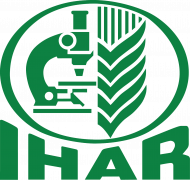Abstract
For a conventional potato crop, splitting nitrogen (N) application is recognised as an efficient strategy to improve tuber yield and quality and to mitigate N losses to the environment. This approach requires the assessment of in-season crop N status for decisions on supplemental mineral N fertiliser application. This study focuses on the assessment of potato crop biophysical variables useful to establish crop N status. Field, satellite and meteorological data were collected in farmer’s fields during 3 years (2017–2019) with contrasted meteorological conditions. Degree days (DD) and water balance from planting date were computed from meteo data, and a selection of relevant vegetation indices (VIs) was derived from Sentinel-2 reflectance. Multiple linear regression (MLR) and random forest regression (RFR) models predicting shoots biomass, shoots N content and shoots N uptake from a combination of meteo and/or satellite-based variables were defined and evaluated. The best combinations integrate DD and two to four VIs and perform with cross-validation RMSE of about 0.38 DM t ha−1, 0.41%, 21 kg ha−1 for MLR and 0.32 DM t ha−1, 0.31%, 19 kg ha−1 for RFR. Despite these performances, MLR was shown to be more robust. From these estimated variables, two methods are proposed to derive total N uptake and nitrogen nutrition index. The most relevant method uses shoots N uptake and biomass. It allows future estimation of in-season supplemental N fertiliser to be applied to reach a targeted tuber yield.















